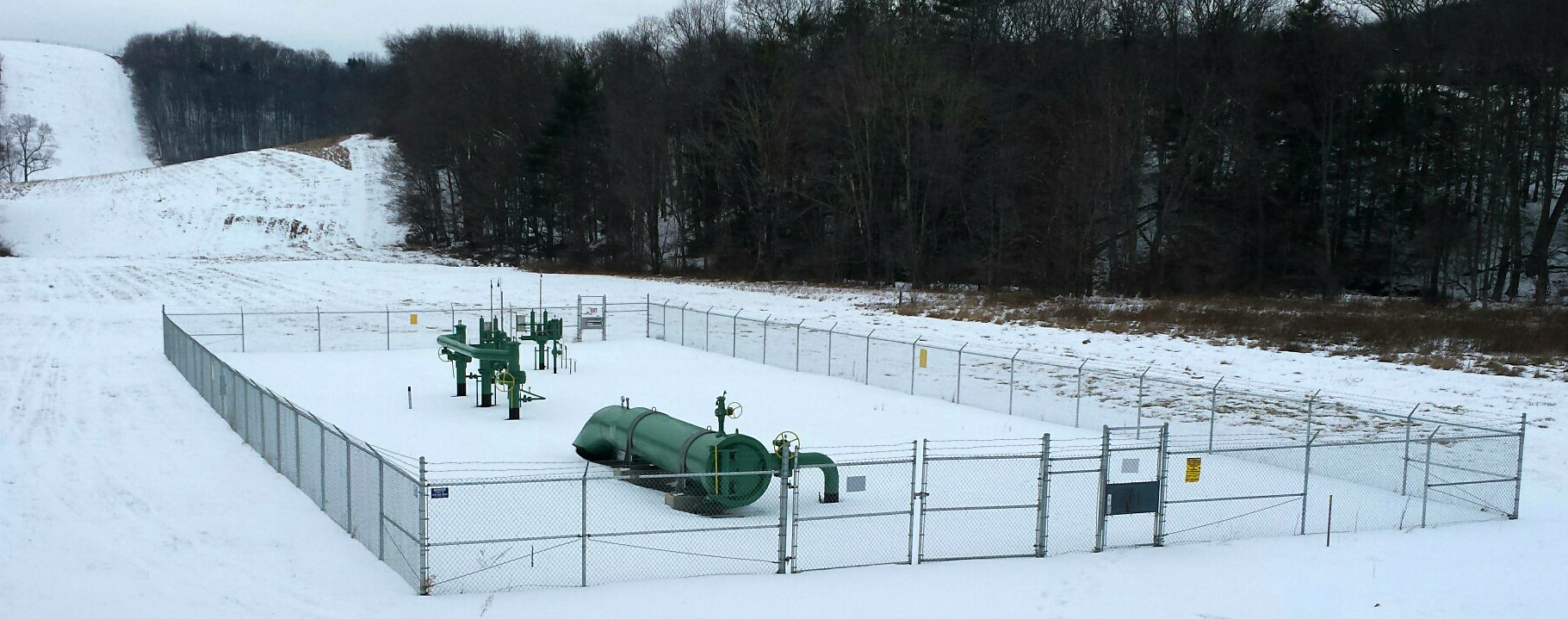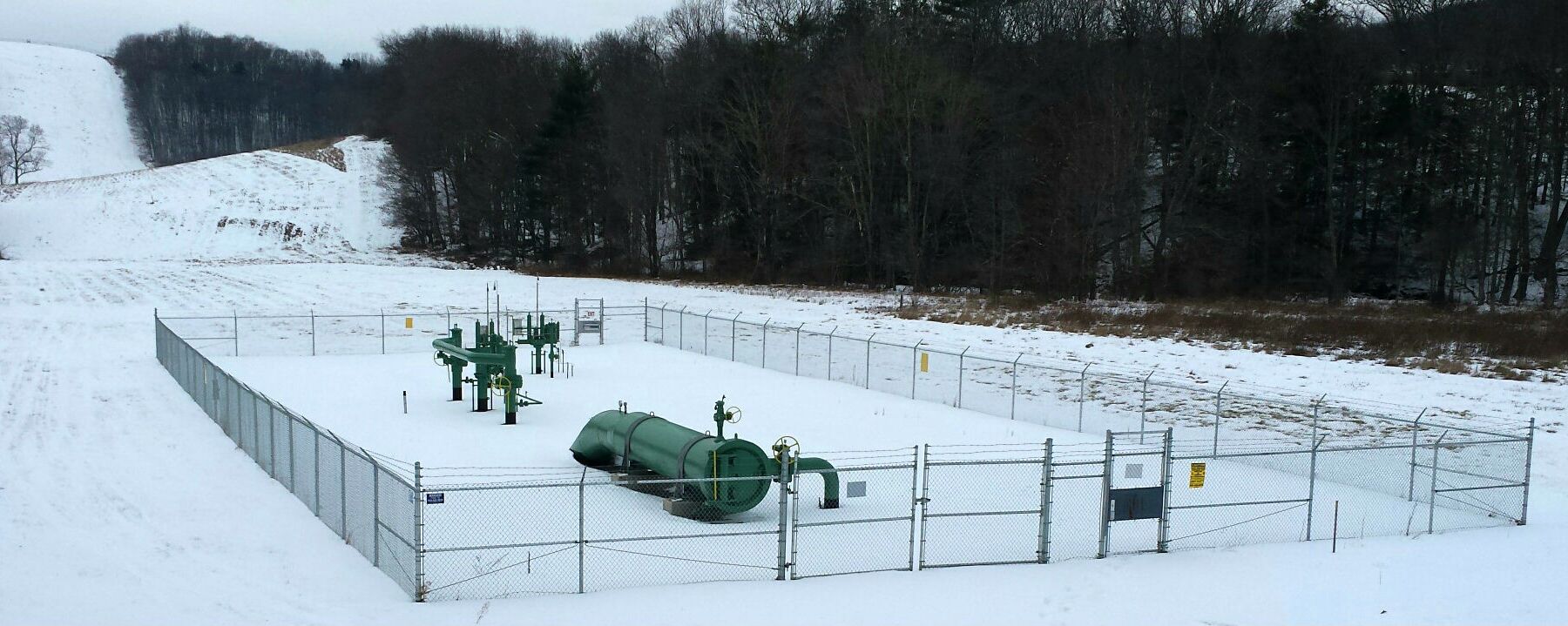 A monster snow storm is plowing toward the East Coast this weekend, triggering blizzard watches or warnings for some of nation’s largest cities.
A monster snow storm is plowing toward the East Coast this weekend, triggering blizzard watches or warnings for some of nation’s largest cities.
Communities in the Mid-Atlantic and Northeast are expected to get hit the hardest by the winter weather. Washington D.C. is expecting blizzard conditions, while blizzard warnings are in effect for Philadelphia and New York City.
Williams’ Transco pipeline provides natural gas service to major metropolitan areas in the storm’s path, including Washington D.C., Philadelphia and New York City. While it is uncertain what effects the storm will have on the region, one thing that is certain is that Williams will be prepared.
“We’ve been watching for and anticipating this storm all week,” says Williams Gas Control Director Rich Truxell. “Our Transco service area is really right in the storm’s path, so we’ve been working with our customers to help coordinate and plan with them.”
Rich says that the company watches weather forecasting closely and plans for cold weather far in advance, taking steps to ensure that the pipeline system continues to operate reliably and safely, even in severe weather conditions.
The Transco interstate pipeline provides about 10 percent of the nation’s natural gas, including much of the natural gas consumed in the Northeast.
Operations Vice President Al Taylor says that he doesn’t expect customers on the Transco pipeline system to be affected by the storm, noting that the cold weather doesn’t have the same effect on pipeline systems as it does on other large-scale infrastructure.
“On the gas transmission side, we expect very few, if any, problems,” Al says. “The pipeline systems are not prone to equipment problems in cold weather. And there are a lot of receipt points to meet demand, as well as storage to supplement supply in the event of freeze-offs affecting production area flow.”
He adds, “We’re accustomed to cold weather and icy conditions. Of course, if we get 24 inches of snow that would be unusual. But when we see bad weather coming, we conduct planning and communication to ensure we can respond to critical emergencies.”
